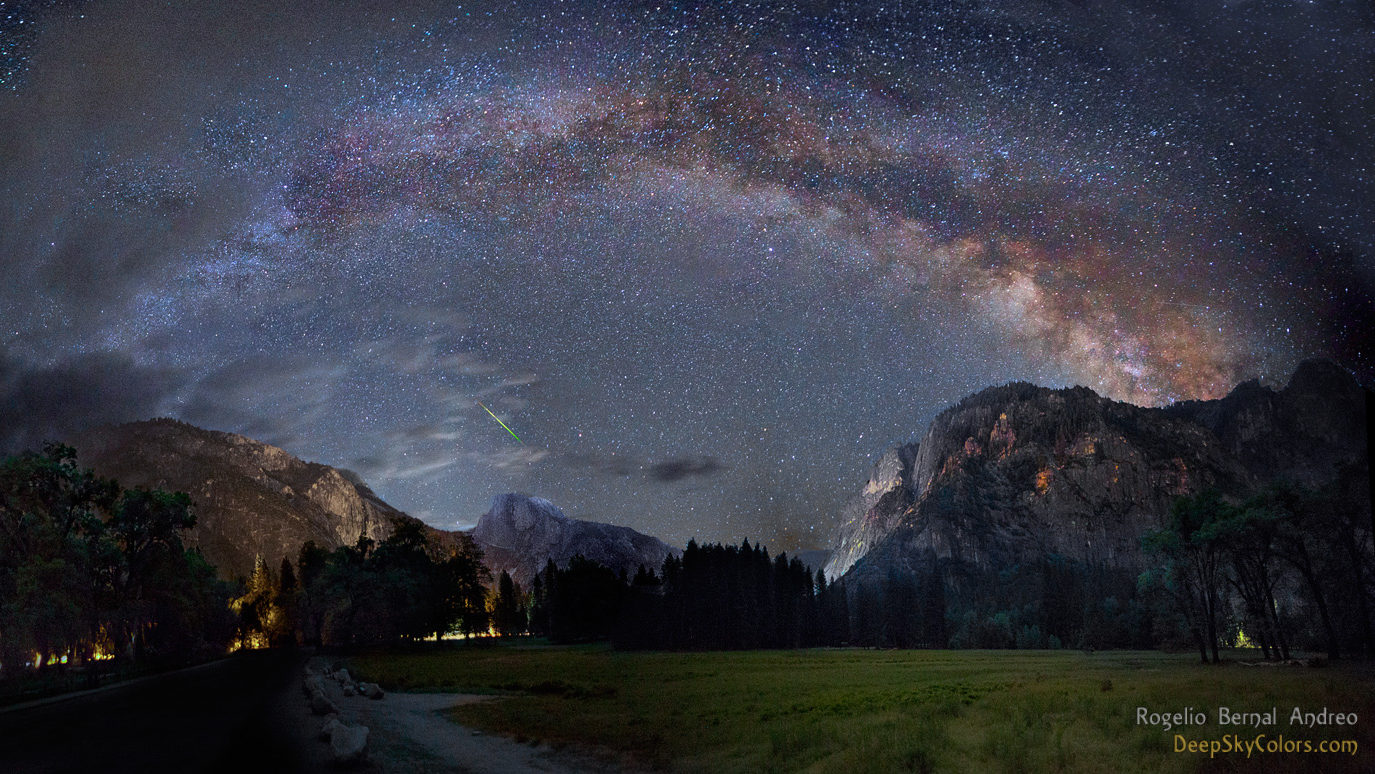The Night Sky Observer’s Guide : Vol. 1 (Hardcover)
By Daniel Mounsey
This was a tremendous undertaking so I have to give credit there. I realize everyone else is jazzed about this source but there are several issues I have with it as a companion. They are priced very reasonably but the paper looks and feels like it came out of a photo copier and the pages are bright white, so it tends to have a cheap kind of feel to it. Crossen did a nice job in Volume 1 explaining the various types of deep sky objects and goes into some technical details about them. He also covers some of the historical lore about the various constellations. I also like how the volumes were done by season because you have most of the constellations that are visible, compressed into one volume.
There are technical details about how to observe and what telescopes to use. Volume 1 advises the observer to get the largest telescope they can afford and transport and basically gave little if any suggestion to the benefit of using smaller refractors for wide field targets, multiple stars and asterisms. This is an unfortunate and common bias often taught to beginners and it amazes me to no end that more experienced observers fail to express this fact. BTW, there are a surprising number of very interesting wide field star clusters missing from these sources.
Each
constellation has a list of interesting multiple stars but are listed
as ADS numbers instead of SAO. The problem with this is that most
computerized telescopes use the SAO catalog to enter in multiple stars.
So, basically what you have here are a list of countless doubles with no
cross reference to log them into your handset as SAO’s. Another issue
are the size of the star charts which are nearly useless “at the
eyepiece” because they’re not detailed enough. For example, Sky Atlas
2000 is the same way in the sense that its star charts are good for star
hopping, but not detailed enough for finding detailed targets “in the
eyepiece”.
Uranometria 2000 is excellent for this task.
It also would have been much easier if the star charts had been referenced by the page they were on instead of their own specific chart / table number. This is so frustrating because you have to sift through several pages to find the table number referenced by the deep sky object and to add further insult to injury, most of the maps are not even on the same page as the description of the object. NSOG also provides a list of variable stars but once again, the maps are severely lacking in detail and you would have to reference an AAVSO chart for a detailed comparison.
The biggest and worst issue are the descriptions of deep sky objects and it amazes me that observers actually like this stuff. It’s such a shame that so much valuable space was wasted on nothing but a bunch of visual descriptions. It’s like going backwards to T.W. Webb’s Celestial Objects For Common Telescopes. The reason Burnham’s Celestial Handbook was written was because a new era of astrophysical information was making its way and it was time to add current knowledge about the objects themselves! What a catastrophe that NSOG ignored new facts to share about some really interesting objects for the observer to contemplate at the eyepiece!
What we are faced with is page after page of dry, cold information. Very little if any astrophysical information is shared about the objects being observed except for the same old common Messier Objects which are a dime a dozen in any modern source and a few other deep sky objects. I’m just really disappointed that modern observers have such a shallow, cold and mechanical approach towards this beautiful and strange universe. To me, observers are like sheep. They continually express a cold and boring approach to observations. Open up any deep sky companion and we are continually bombarded with nothing but a bunch of visual descriptions.
Every observation is your own. No matter what any observer tells you about how and object looks, it will always look different to each observer. Stephen O’Meara made this very clear in his Caldwell Objects book. If you take five observers and have them look at the same object, they will all describe a different thing. This is so true and besides, seeing conditions, dark adaptation, sky darkness, aperture etc. play such a huge role in ones own personal experience, you can’t always go by someone’s description. I’ve been observing over 20 years and the last thing I need a lesson and a description on is how to observe an object. Just a brief paragraph is fine, but to make an entire reference this way is simply boring.
People always complain that Burnham’s Celestial Handbook is outdated, but it covers such a vast array of really interesting stars and subjects, where NSOG is just filled with a bunch of DSO’s, lacking any interesting content to contemplate what’s being observed at the eyepiece. Where’s the passion? Cold, modern sources are abundant enough as it is. When are amateur astronomers going to get it?
|
Site Design Joe Napolitano Privacy Policy |
